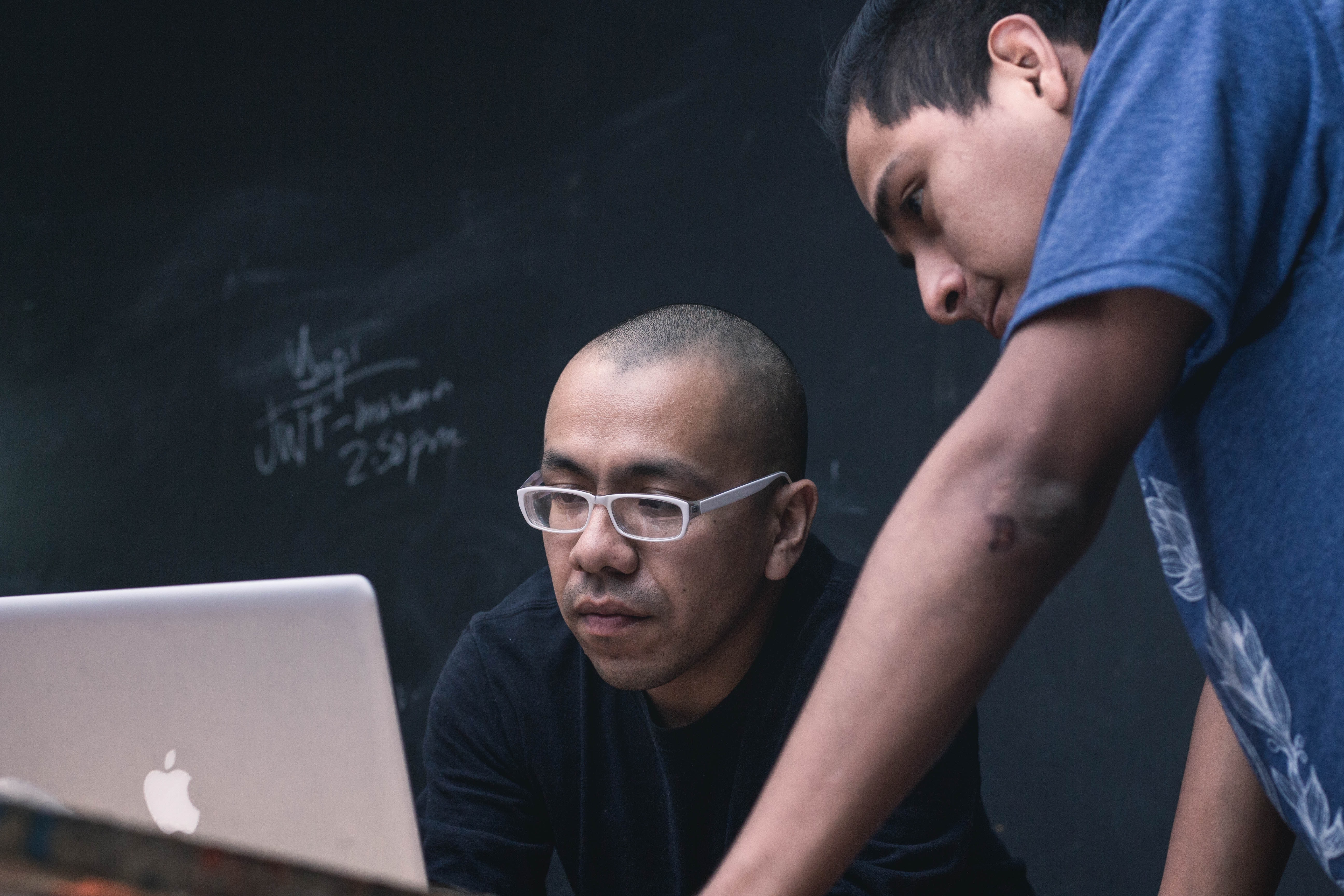Open Educational Resources (OER), Teaching
Considerations for Open Pedagogy

Photo by jose aljovin on Unsplash
In order to properly support students, you need to carefully consider your student and course learning objectives, students’ needs, and plan carefully. Thinking through different considerations brought up by the OER Starter Kit, Open Pedagogy Considerations is useful when creating a plan for open pedagogy and course design.
- Understand your tools: be sure you are using well-established, UNCG supported, and easy to use digital tools for open pedagogy assignments. Ideally these tools are also open source.
- Scaffold learning: you can do this by creating tutorials on how the tools work, use blogs or something similar to teach students about public writing, and let students choose what tool they will use to create the final product.
- Educate students about copyright: an important component of open pedagogy is making the student work openly available, which means training the students on copyright, fair use, open education, and Creative Commons licenses. Note that UNCG Libraries has introductory modules on OER available in Canvas Commons and you are encouraged to work with your UNCG liaison librarian.
Be considerate of student privacy: some students might feel uncomfortable with their final products being publicly available, so allowing students to opt out of the final web publishing option is crucial.
Quick Check: